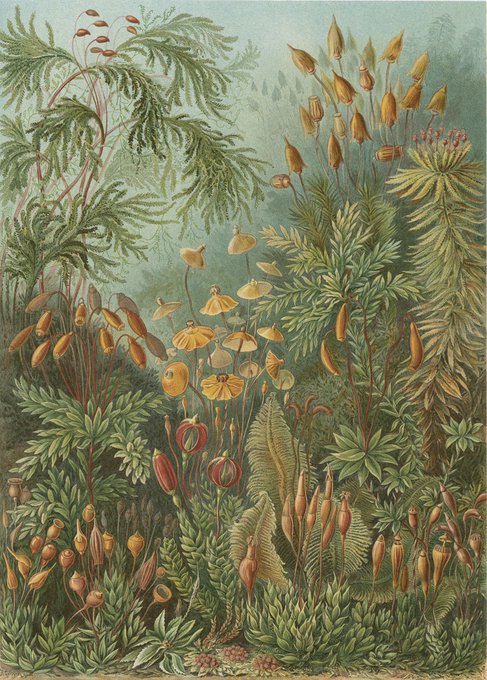It's #WorldOctopusDay! This cephalopod family portrait from 1896 shows an octopus in bottom left corner, overlooking its cousins the nautilus, argonaut and squid.
From the idea of the Martian Canals in the 1800s to NASA’s Perseverance Rover, humans have long been fascinated by the idea of life on Mars. Join our upcoming online free panel as they explore the evidence and ask 'are we alone in the Universe?' https://t.co/W4QSmq8igp
Born #OnThisDay in 1820 was John Tyndall FRS. Tyndall had a varied career, publishing over 147 papers. His work on glaciology and radiation led him to demonstrate the connection between atmospheric CO2 and heating, otherwise known as the greenhouse effect. https://t.co/xpboBG8deo
‘We may sit in our library and yet be in all quarters of the earth.’ If you're enjoy a #BankHoliday day off in the UK today, explore the work of John Lubbock FRS, the man who we have to thank for them: https://t.co/vtqPKaR8vi
Maria Sibylla Merian, naturalist and scientific illustrator, was born #OnThisDay in 1647. She began to collect insects and raised silkworms as a young girl, and was one of the first naturalists to observe insects directly and document metamorphosis. #WomenInSTEM
Born #OnThisDay in 1845 was Wilhelm Röntgen, the German physicist who first identified X-rays, for which he won the first Nobel Prize in Physics in1 901. The X-ray below shows the hand of Lord Kelvin, complete with signet ring, and was taken at the Royal Society in 1896. #Physics
#OnThisDay in 1923, the BBC broadcast the first daily weather forecast over the radio. Find out more about the history of the science of weather and the early innovations that laid the foundations of modern #meteorology with our @googlearts exhibit: https://t.co/My1nl2n96K
Here is a selection of this week's top prints on the Royal Society Print Shop! We have the Rainbow Bladderweed from the ever-popular Anna Atkins, an Eagle Owl by Edward Lear, and some delightful mosses from Adolf Giltsch. See more: https://t.co/gIB0J9Z8FZ
Discover the secret histories of some of the pioneer women who contributed to early science. Through the Royal Society's collections, explore their inventiveness, tenacity and innovations. #WomenInSTEM https://t.co/1GJqnXqn8d
Happy #WorldPenguinDay! This quirky character is 'the Patagonian Penguin' from 1792. Engraved by James Fittler after a painting by Charles Reuben Ryley, this is a King Penguin, a "curious species" from the South Atlantic. King Penguins are the second largest species of penguin.















